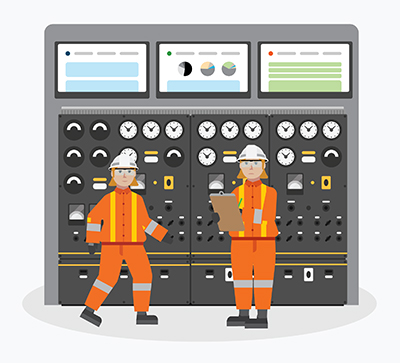Filling the reservoir nav
Staying safe around the new reservoir
Site C reservoir filling began on August 25, 2024 and took about 11 weeks to complete. There are new hazards on the water, which will be present for at least the first year following reservoir filling, as the surrounding land continues to stabilize.
We ask the public to be extremely cautious around the reservoir until it has been determined safe, as we monitor for safety and slope stability.
Hazards
Your safety is our top priority. Please stay off the reservoir and use caution when close to the new shoreline, particularly near steep slopes. These are some of the hazards you'll encounter:
Strong currents: Close to the dam, there will be strong currents as water is drawn into the underwater intakes of the powerhouse. Please follow all safety signage.
Submerged hazards: With reservoir filling complete, objects such as boulders, riprap, and concrete or steel structures are fully submerged. Once the new reservoir is safe for public access, we will provide bathymetric maps (which show depths of landforms below the water), to help boaters navigate.
Waves: Waves may occur on the reservoir, caused by wind or slope instabilities, as sections of shoreline settle into the reservoir.
Floating wood debris: Over time, vegetation debris (logs, saplings, bushes, and plants) will float downstream, to be caught and removed by a debris boom.
Unstable shoreline and erosion: Sections of the reservoir shoreline will settle, erosion will speed up in some areas, and new slides may occur. Please be careful when near the shoreline, look for signs of active erosion and slope movements, and maintain a safe distance from these areas.

Safety monitoring
BC Hydro's geotechnical engineers are monitoring and assessing the shoreline and slopes, using:
- Ground inspections of slopes, using instruments and visual surveys
- Periodic and area-specific aerial inspections
- Aerial surveys before the start of boating season
- Satellite monitoring to measure slope displacements in near real time
We will interpret all this data to assess shoreline stability and determine when the reservoir is safe for public use.
How to stay safe
Obey all signage. Stay off the water and away from the reservoir shoreline until it is deemed safe.
Call 911 if you see someone in danger on the reservoir. (Emergency responders will coordinate with BC Hydro, if needed.)
Learn more
- Reservoir safety factsheet PDF • 359 KB